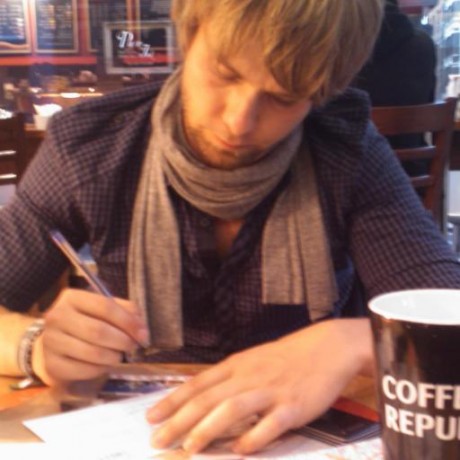Access Native Node.js Modules within Intern
Intern is an awesome unit and functional test suite from SitePen. I've been using this utility extensively over the past year, writing tests to make sure MDN's front-end is in good shape after code merges and pushes.
Sometimes when writing tests I'll want to make use of a node module to accomplish a test task, like making an HTTP request or getting environment information. It isn't as easy as making the same dependency path you would if you were writing a node module -- you're using the Dojo loader so you'll need to require those modules a bit differently:
define([
'intern/dojo/node!http',
'intern/dojo/node!process'
], function(http, process) {
// http and process now available from the Node.js environment
});
The dojo/node Dojo module gives your Intern test suite the ability to access native Node.js modules!
![Creating Scrolling Parallax Effects with CSS]()
Introduction
For quite a long time now websites with the so called "parallax" effect have been really popular.
In case you have not heard of this effect, it basically includes different layers of images that are moving in different directions or with different speed. This leads to a...
![5 Ways that CSS and JavaScript Interact That You May Not Know About]()
CSS and JavaScript: the lines seemingly get blurred by each browser release. They have always done a very different job but in the end they are both front-end technologies so they need do need to work closely. We have our .js files and our .css, but...
![Xbox Live Gamer API]()
My sharpshooter status aside, I've always been surprised upset that Microsoft has never provided an API for the vast amount of information about users, the games they play, and statistics within the games. Namely, I'd like to publicly shame every n00b I've baptized with my...
![HTML5 Context Menus]()
One of the hidden gems within the HTML5 spec is context menus. The HTML5 context menu spec allows developers to create custom context menus for given blocks within simple menu and menuitem elements. The menu information lives right within the page so...





Seems like it’d be a lot easier to use the default require/exports/module style, so that your test module feels a lot more like Node. The above code could be written like so:
define(function (require) { var http = require('intern/dojo/node!http'); var process = require('intern/dojo/node!process'); });Still unfortunate that you have to go through
intern/dojo/nodebut it works.It’s also in line with the conventions as prescribed in the Intern user guide at https://theintern.github.io/intern/#testing-commonjs-code